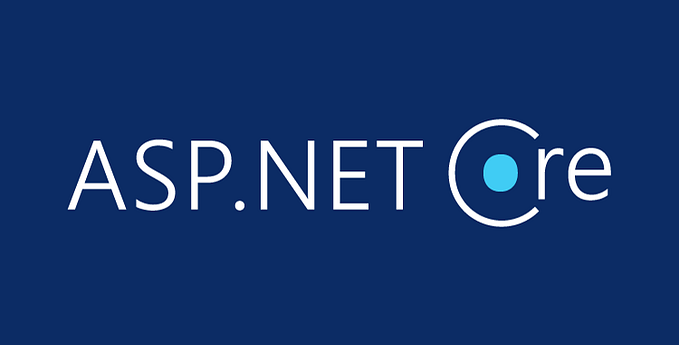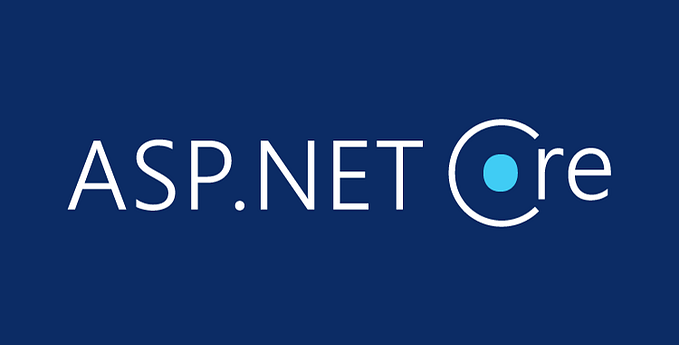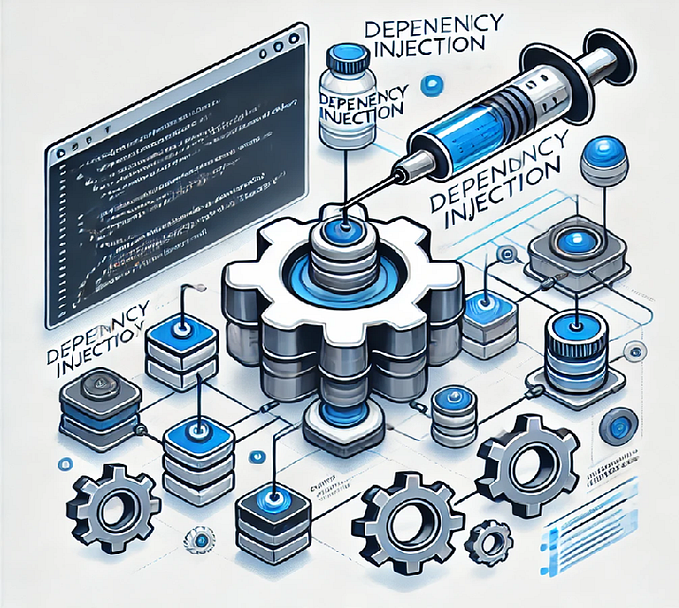Parallelism in .NET: A Key to Improving Application Performance

As applications increasingly require faster processing speeds, running multiple services simultaneously, competition for processor resources becomes intense. This often results in slowdowns, deadlocks, or even crashes. To mitigate these issues and improve performance, parallel execution was introduced.
What is Parallelism?
In computing, parallelism is the division of tasks into smaller subtasks that are executed simultaneously across different processors or cores. For this to occur, processors must have parallelism technology.
Parallelism in .NET
In .NET applications that require high performance, working with many concurrent resources, implementing parallelism becomes essential. Some of the ways to achieve this include: Async/Await, Task Parallel Library (TPL), PLINQ (Parallel LINQ), System.Threading.Tasks.Dataflow and Threads and ThreadPool.
Async/Await
Widely used in asynchronous programming, it allows applications to execute non-blocking tasks, keeping the main thread free for other tasks while awaiting the completion of operations. It is often used to create responsive applications.
public async Task ExampleAsync()
{
var result = await Task.Run(() => LongRunningOperation());
Console.WriteLine(result);
}If you have a lot of tasks that runs asynchronous and you want to continue only if all tasks end, you can use Task.WhenAll .
public async Task ProcessOperationsAsync()
{
var task1 = Operation1Async();
var task2 = Operation2Async();
var task3 = Operation3Async();
// Wait for all operations to complete
await Task.WhenAll(task1, task2, task3);
// The next step will only be executed after all the above tasks finish
ExecuteNextStep();
}Task Parallel Library (TPL)
Introduced in .NET 4.0, TPL allows developers to create asynchronous and parallel tasks more easily and with less code than traditional approaches, such as manual thread usage. You can use Parallel.For or Parallel.ForEach to process collections or loops in parallel.
Parallel.For(0, 100, i =>
{
Console.WriteLine($"Task {i} executed on thread {Thread.CurrentThread.ManagedThreadId}");
});Parallel LINQ (PLINQ)
LINQ (Language Integrated Query), besides providing a consistent, concise way of handling data, also has its own extension for parallelism. PLINQ allows LINQ queries to be executed in parallel, distributing query elements across multiple threads. You can use .AsParallel().
var numbers = Enumerable.Range(1, 1000000);
var evenNumbers = numbers.AsParallel().Where(n => n % 2 == 0).ToList();System.Threading.Tasks.Dataflow
Dataflow allows the implementation of concurrent data pipelines and workflows.
Threads and ThreadPool
There is also the possibility of directly using threads in .NET, through Threads and ThreadPool. A thread can be instantiated using the Thread class. However, this approach is becoming less common due to TPL making parallel execution easier by abstracting much of the complexity.
Conclusion
Parallelism is extremely important for critical applications that require high performance and handle complex tasks needing significant processing power. .NET, through its libraries like TPL and PLINQ, simplifies and abstracts much of the complexity of multithreading, allowing developers to focus on solving problems and, when necessary, using parallelism tools to boost performance.








